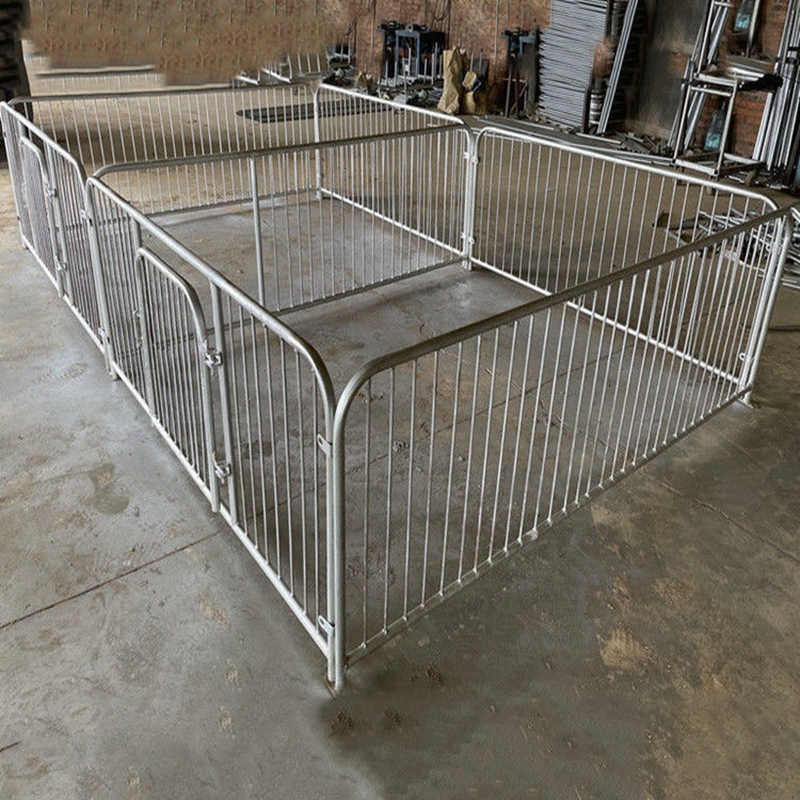stationary mixing equipment for efficient feed preparation in agricultural settings
Dec . 03, 2024 19:48 Back to list
stationary mixing equipment for efficient feed preparation in agricultural settings
The Importance of Stationary Feed Mixers in Modern Agriculture
In the ever-evolving landscape of agriculture, the efficient management of livestock feed is crucial for optimizing animal health and productivity. Stationary feed mixers play a significant role in this process, as they enable farmers to blend various feed ingredients to create balanced rations tailored to the specific needs of their livestock. This article discusses the importance of stationary feed mixers, their operations, and how they have transformed the way feed is prepared in modern farming.
Understanding Stationary Feed Mixers
Stationary feed mixers are large machines that combine various feed components such as grains, forage, additives, and minerals into a homogeneous mixture. Unlike portable mixers, which can be moved around a farm, stationary mixers are typically set in one location, often close to where feed is stored or livestock is housed. This design allows for efficient mixing and handling of larger quantities of feed, making them ideal for larger farming operations.
The operation of stationary feed mixers involves several key components, including a mixing chamber, augers, and sometimes additional equipment for weighing and measuring. The mixing chamber is where the ingredients are combined. Augers, which are spiral-shaped blades, facilitate the mixing process by continuously moving the ingredients through the chamber until a uniform blend is achieved.
Advantages of Stationary Feed Mixers
One of the primary advantages of using a stationary feed mixer is the ability to produce a consistent and balanced feed ration. Livestock require specific nutrients for optimal growth and productivity, and stationary mixers allow farmers to precisely control the proportions of different feed ingredients. This precision helps in meeting the nutritional requirements of various animals, which can significantly impact their health and productivity.
stationary feed mixer

Moreover, stationary feed mixers can handle large volumes of feed, making them particularly beneficial for commercial farms with extensive livestock operations. The efficiency of these machines allows farmers to prepare feed in bulk, ensuring there is always enough available without the need for frequent mixing. This not only saves time but also minimizes the risk of feed spoilage, which can occur with smaller, less efficient mixing methods.
Improving Sustainability and Cost-Effectiveness
Another crucial aspect of stationary feed mixers is their contribution to sustainable farming practices. By allowing farmers to formulate their own feed rations, these mixers enable the use of locally sourced or waste ingredients, reducing the carbon footprint associated with transporting feed over long distances. Additionally, farmers can adjust their feed formulations based on changing market conditions, availability of ingredients, and specific livestock needs, leading to better resource management.
Cost-effectiveness is also a significant benefit. By mixing feed on-farm, farmers can reduce feed costs, which typically account for a substantial portion of overall livestock management expenses. The ability to customize feed formulations based on price fluctuations and ingredient availability allows farmers to make more economical choices and improve their profit margins.
Conclusion
In conclusion, stationary feed mixers are essential tools in modern agriculture that greatly enhance the efficiency and effectiveness of feed preparation. By allowing for the precise formulation of balanced rations, these mixers contribute to improved livestock health, productivity, and overall farm sustainability. As the agricultural industry continues to advance, the role of technology, such as stationary feed mixers, will remain pivotal in addressing the challenges of feeding a growing global population. Investing in such equipment not only benefits individual farm operations but also supports the broader goal of sustainable food production.
-
Hot Sale 24 & 18 Door Rabbit Cages - Premium Breeding Solutions
NewsJul.25,2025
-
Automatic Feeding Line System Pan Feeder Nipple Drinker - Anping County Yize Metal Products Co., Ltd.
NewsJul.21,2025
-
Automatic Feeding Line System Pan Feeder Nipple Drinker - Anping County Yize Metal Products Co., Ltd.
NewsJul.21,2025
-
Automatic Feeding Line System - Anping Yize | Precision & Nipple
NewsJul.21,2025
-
Automatic Feeding Line System - Anping Yize | Precision & Nipple
NewsJul.21,2025
-
Automatic Feeding Line System-Anping County Yize Metal Products Co., Ltd.|Efficient Feed Distribution&Customized Animal Farming Solutions
NewsJul.21,2025






